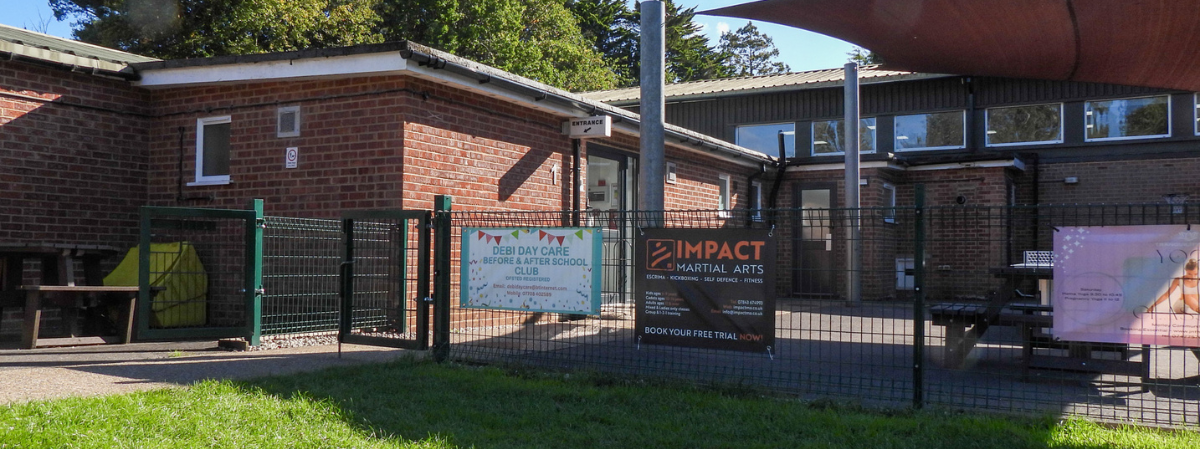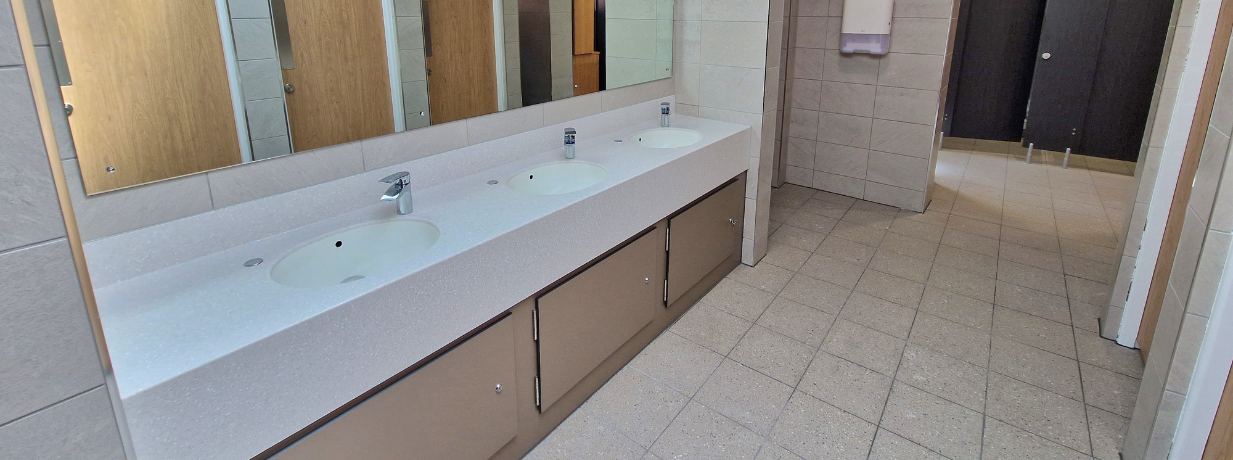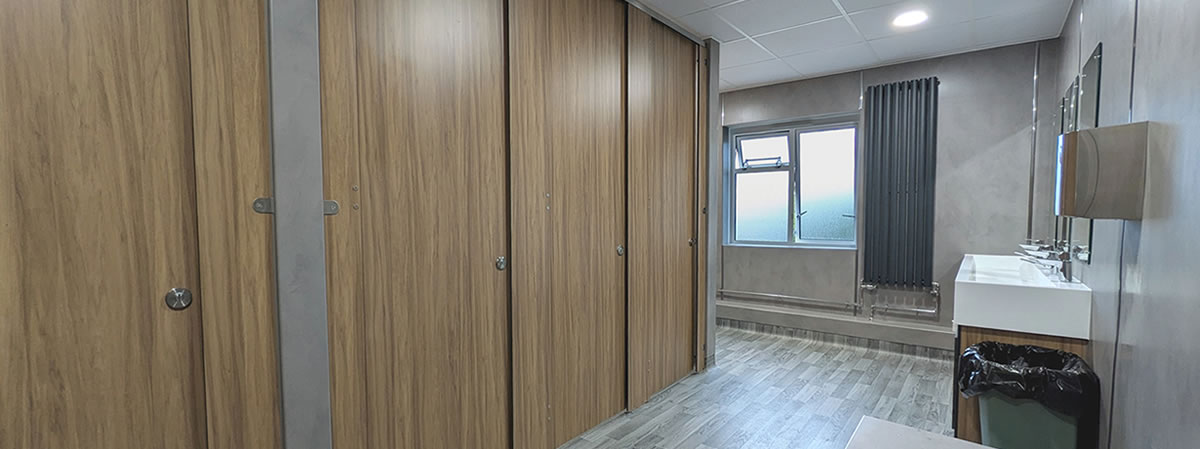Basin Fixings, Wastes & Traps
Basin wastes, fittings and traps to complement our commercial Basins
The bottle traps and basin waste fittings displayed are designed to suit our range of commercial wash basins. With basins supplied from leading manufacturers such as Armitage Shanks, Twyford, and Franke our range of basin accessories is designed to suit washrooms in a range of sectors.
Basin traps are available in both white plastic and chrome finish, with sizes to match the 1 ¼” and 1 ½” waste holes. Our basin wastes and traps are available in a variety of materials including stainless steel and plastic materials.
Types of basin waste included in our range include popular click-clack waste, flip-top waste and traditional plug and chain wastes (as well as other styles to suit your needs), so you can choose an option that works best for your bathroom basins. You can also choose from different finishes to complement your taps, including brass, polished chrome, black, and white.
All of our basin waste and trap products are built with quality in mind and are designed to last.
Depending on the basin style, our fixing packs will suit wall-hung basins, as well as inset and semi-recessed options, being installed within vanity tops.
Most basin accessories are available for quick delivery from stock.
Do you have a washroom refurbishment project in mind? We offer supply and fit services to bring your project to life and can install everything you need for a fully functional washroom.
Types of basin waste
Slotted basin waste
Slotted waste is designed for basins with an overflow hole. They feature a small slot which drains any excess water into the main waste.
Unslotted basin waste
Unslotted wastes are designed for basins that don’t have an overflow and drain the water away from the basin into the main waste. When closed, they’re watertight which enables the basin to fill with water when needed and will drain water when opened.
Click clack waste
Click-clack basin waste is also referred to as push button waste as you simply need to push a central button to open or close the waste.
Flip top waste
These types of wastes can be slotted or un-slotted and they feature discs, which, when pushed down to one side will open it and when levelled out will be closed. They are a popular alternative to click-clack waste.
Plug and chain waste
Plug and chain wastes are usually found in traditional bathrooms where there is a hook to attach the pug and chain to your basin. These types of wastes are ideal for draining more water at a time, as once unplugged, there’s more surface area for water to exit the basin into the waste pipe.
Pop-up basin waste
Pop-up waste is a type of drain plug which is opened or closed by lifting a lever which is typically found behind the faucet.
Free running waste
Free-running wastes are also suitable for basins without overflows as they prevent overflowing by keeping the waste pipe open.
FAQs
What size waste or trap do I need?
Size options include 1 ¼ “ for standard basins and sinks. 1 ½” wastes and traps are suitable for cleaners sinks and Belfast sinks. If you have any questions about choosing the right basin waste fittings, please do not hesitate to contact us.
Are basin wastes a standard size?
Yes, basin wastes are all 1 ¼ inches (32mm) in size but you can find bath/basin wastes that are 40mm.
What is basin waste?
Basin waste is designed to block the plug hole so that you can fill your basin. You can then release the plug when you’re ready which will drain the water through the waste pipe.
What's the difference between slotted and un-slotted wastes?
Basin waste and trap options include slotted and un-slotted wastes. A slotted waste has a hole to accept water draining through the basin overflow whereas un-slotted wastes have no additional overflow hole and are suitable for basins without overflow holes.
Both slotted and un-slotted wastes can come in a variety of designs, including pop-up and flip-top models so you can find an option that’s right for you.
In case you’re wondering “What is a basin overflow hole?”, It's a small hole which is located beneath the taps at the back of the basin which is there to help prevent flooding.
What is a basin bottle trap?
Bottle traps are attached to waste plugs beneath the basin and work to keep your washroom hygienic as they help to prevent harmful gases from rising up from your drainage system.
Which basin waste is best?
Choosing the right basin waste is important - especially as it helps to prevent flooding. Here are a few considerations for you to make to help guide your decision:
- Does your basin have an overflow? If it does, you will need to choose a slotted basin waste and if it doesn’t, you’ll need an un-slotted waste.
- How easy is it to clean? Some basin wastes will be easier to clean than others. For instance, plug and chain wastes allow you to access the plughole with ease.
- What’s your budget? The cost of basin wastes, traps and fittings will inevitably impact your decision, but, here at Commercial Washrooms, we have high-quality basin waste fittings to suit all budgets.
- What style of basin waste suits your bathroom? For example, plug and chain wastes are more traditional whereas flip-top wastes will suit more modern washrooms.
If you have any questions about our basin wastes, fittings and traps, please do not hesitate to contact us and a member of our friendly sales team will be happy to help.
You can find more information on basins by heading to our blog. Of particular relevance are our articles on washroom basins. If you’re looking for some inspiration for your washroom refurbishment project, why not take a look through some of our washroom case studies for new ideas?








